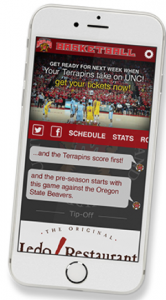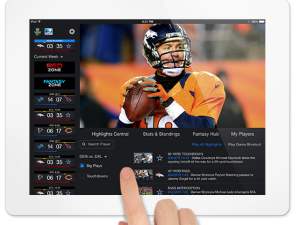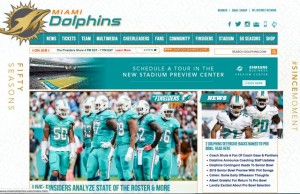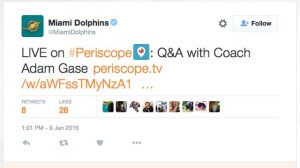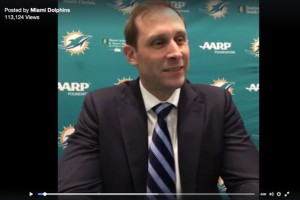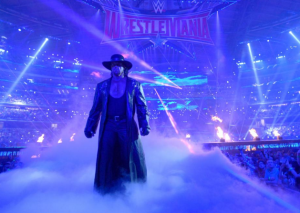SignalShare, which has partnered with Wi-Fi gear vendor Extreme Networks on deployments for the Jacksonville Jaguars, the University of Maryland and the Detroit Red Wings, has most recently touted its Live-Fi nGage suite, a system that combines content, analytics and advertising links to give venue owners and operators a turnkey method to improve fan engagement and perhaps increase revenue opportunities for large-venue Wi-Fi networks.
According to the Law360 story, the lawsuit from NFS Leasing claims that SignalShare “began requesting financing from NFS for purchasing equipment for fictitious contracts,” using forged, altered and falsified documents for deals that didn’t exist. From the Law360 report, which quotes from the legal complaint:
“[SignalShare] would represent to NFS that it had entered into an agreement with a sports arena or team and would induce NFS to provide funding for the acquisition of the allegedly-needed equipment,” the complaint said.
SignalShare would provide fake or forged invoices for the equipment it allegedly ordered, or provide fictitious serial numbers for items allegedly purchased and installed in the fraudulent contracts, the complaint said.
Between May 20, 2014 and May 21, 2015, SignalShare conned NFS into advancing funds on 10 fraudulent lease transactions to the tune of $4.9 million, the complaint said.
The Law360 story also said that NFS Leasing and SignalShare agreed to a short-term repayment of the debts incurred, but that SignalShare defaulted on the payments. With interest and attorney fees, NFS is claiming SignalShare owes $7.8 million.
So far, neither NFS nor SignalShare has replied to a request for more information.
UPDATE, 5/18/16: Since the original post we have obtained more court documents related to the case, which indicate that former SignalShare CTO Joe Costanzo has left the company and is counter-suing SignalShare over its actions regarding this issue. More to come later today.
